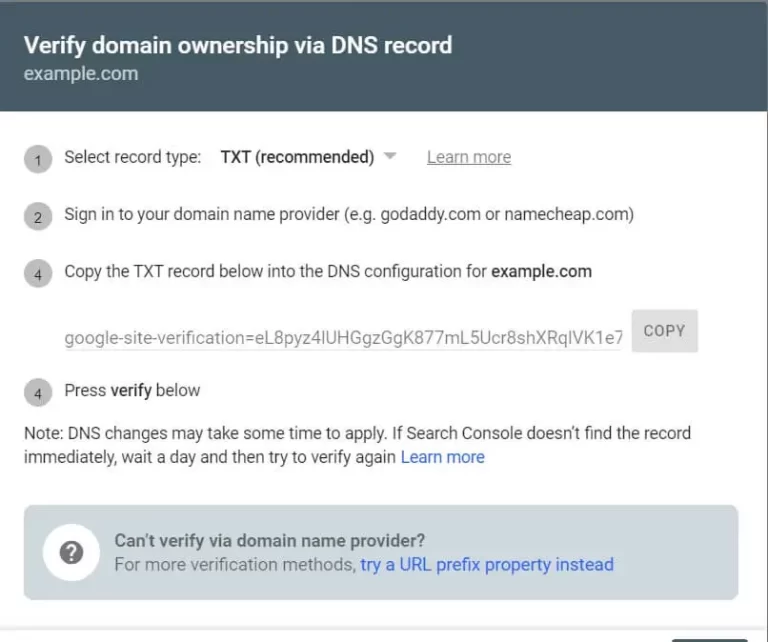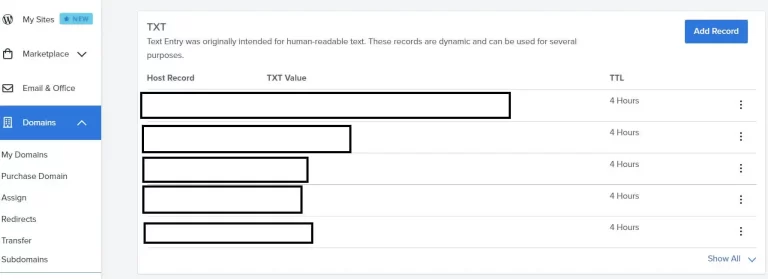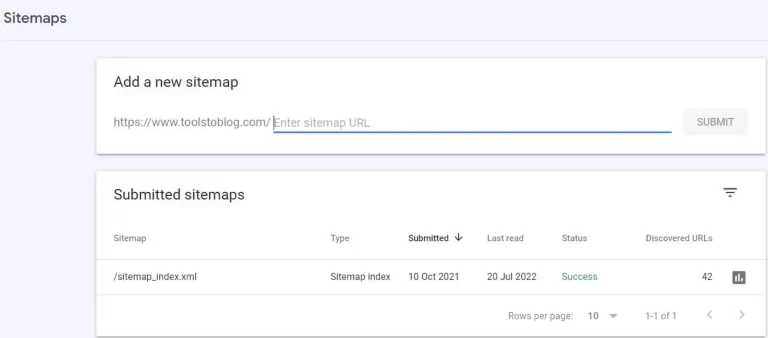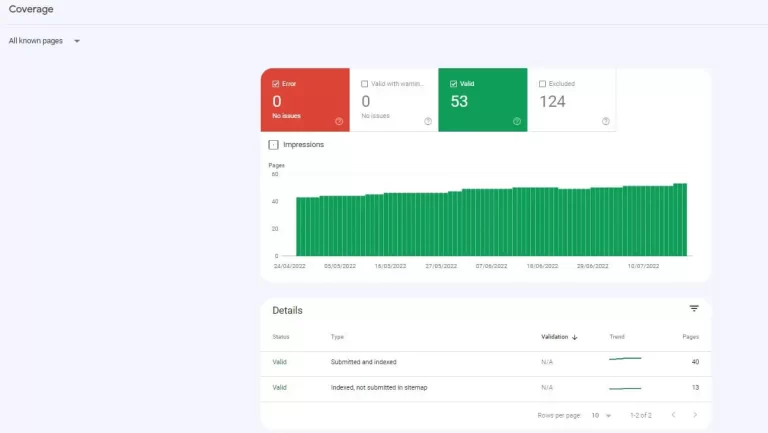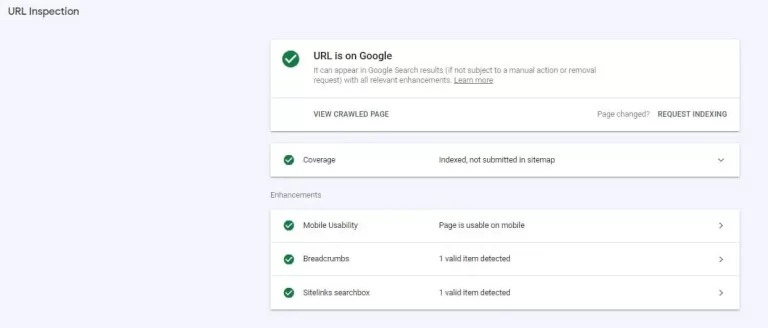How To Submit a Site To Google
- Abhinay Kumar
- SEO
- July 24, 2022
The first thing you want to do after creating a site is to submit it to search engines. Once you submit a site to the Search engine, only then you can get the much desired organic traffic. This organic traffic is what gives you maximum return on investment. So submitting your site to search engine like Google helps you in getting discovered in the online space and get returns on your investment in various ways. Submitting your site to Google helps in getting the new Posts and pages getting indexed. They will then be available in the search results. Let us see how to submit a site to Google.
So How does Google finds your content and indexes it?
As per Google, it follows a three-step process for finding your online content.The first step is to discover the newly published content. This is done by discovery of the contentthrough the URLs by Googlebot. This process is called crawling. So Google crawls your site for discovering any new content. Every site is assigned a crawl budget upon first discovery. This crawl budget is the number of URLs that can be discovered by Googlebot while crawling. This crawl budget is based on your server resources that can allow maximum concurrent connections and response time. Also, the Googlebot has fixed resources considering it has to crawl all the websites. Based on this crawl budget,your newly published content is discovered.
The second step is the indexing of crawled pages. Not all the pages that get crawled get indexed.The Googlebot determines the relevance of the page discovered. It is then indexed based on its value to the user.
The third and last step is to serve these pages in the form of URLs to users when it is searched.When a search query is typed in the search engine, it looks for the most related and relevant content and displays them to the user in its order of indexing.
There is more than one way of submitting your site to Google.A site is made of URLs.These URLs can be discovered and indexed in many ways.If you have got a link from an external site, then also the link to your site will be discovered and indexed while crawling the external website.The second and most authentic way is to submit a sitemap to Google. A sitemap is an XML file containing all the URLs of your content.Googlebot gets to know of any new content through these sitemaps. It crawls the sitemap at regular intervals to find any changes.It then indexes the new content based on its quality. However, if you want to index only a few URLs then you can use the URL inspection tool. It is available in the Google search console. Also if you are using SEO plugins like Yoast, then they automatically ping Google once you publish the new content. This is also one way of getting discovered and indexed.
How to submit a Sitemap to Google.
2. Enter Domain or subdomain and click on continue.
Remember to use the complete website name if you have the site address as with WWW, then enter with WWW like https:\\www.example.com.Please note that WWW and non-WWW versions are treated as different entities’ by Google.A DNS verification will pop up with the option to verify domain ownership.There are two ways. One is through inserting a TXT record and the other is through a CNAME record.The TXT record has to be copied into the TXT record in your DNS configuration.Go to your hosting CPanel.Click on Domain and open DNS records. Now come to the TXT section and click on Add record and add the entry got from the Google search console.
The other method is CNAME, so in the DNS records go to CNAME. Add the CNAME record got from Google Search console here.
3. Click on Verify and your website will successfully get added to the Google search console.
4. Now in the Google search console click on Sitemaps.
Provide your sitemap path here and click on Submit.
How to get Sitemap?
If you are using Yoast or any other SEO plugin in WordPress,the sitemap will be www.example.com/post_sitemap.xml Generally, on all the blogging CMS this is the path where the sitemap is to be found.However, if you are not using any CMS, you may need to create one manually and put it in your root directory.
This is how you submit your Sitemap to Google which helps in getting your post and pages discovered and indexed.You can check the status from the coverage section in the Google Search console.It lists which all URLs have been indexed and which have not. Also, it will state the reason for not indexing if there is an issue.One of the advantages of submitting a sitemap is if at any stage any errors are there in it, the Google Search console will flag it.
How to index a limited number of URLs?
If you have a few URLs like one or two that need to be indexed, You can use the live inspection tool.You can use request indexing available there. Also if there is any change to the post after publishing and indexing,you can request reindexing using the Live Inspection Tool.
How to find out indexing issues?
You can check if there are indexing issues with a particular post using the Test Live URL.If there is any kind of issue, the Test Live URL will flag it. The Test Live URL shows your HTML code, screenshots of the page, and response code.
Some common indexing issues after submitting your Website.
The submitted URL is blocked by Robots.txt
There may be a chance that you or your SEO plugin might have put a URL to be indexed in the Sitemap.xml but it has been blocked in Robots.txt.So Google search console will flag an error for it.If you want it to be indexed, remove the code blocking it from Robots.txt.
URL marked as noindex unknowingly
Sometimes although the URL is marked nonindex in the header of a page,you wonder why it is not getting indexed although you submitted in sitemap. You need to remove the nonindex from the header or use an SEO plugin like Yoast. This will help you in getting the page indexed.

